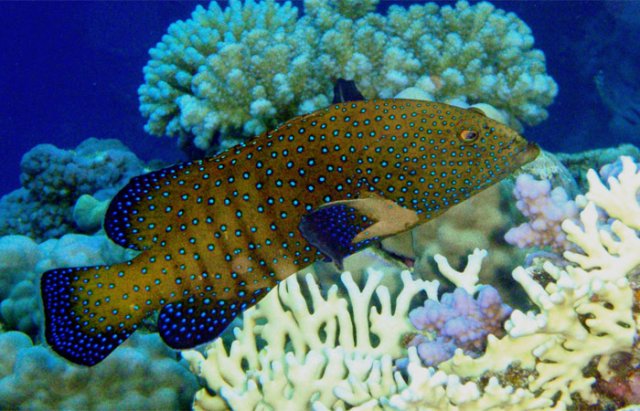Some catches from this season
- Thread starter JD7.62
- Start date
LOL then what's the point of killing them??They actually put on spearfishing contests around here for the Peacock Grouper locally know as Roi, they call the Roi Round-Up although I dont its gone on the last couple years. They are nearly all cigued out and no one dares eat them.
View attachment 1197288
Its the amount of native fish they consume, surprisingly higher most predatory fish is the main reason they are so hated and they are introduced
 Frank Castle
Frank Castle
so they aren't native to HI or yes?? What about fish that eat these Groupers......do they pass on the ciguatera or are fish immune to it's effects and simply act as "carriers"?Its the amount of native fish they consume, surprisingly higher most predatory fish is the main reason they are so hated and they are introduced
Frank Castle
Yeah the Rois were introduced in the 50's. Other fish probably do feed on them and pass on their cig infection but they aren't considered a good baitfish.
 Frank Castle
Frank Castle
heres some background
Home » Peacock Grouper
PEACOCK GROUPER

Photo Credit: Keoki Stender
CEPHALOPHOLIS ARGUS (PEACOCK GROUPER, AKA ROI)
 Frank Castle
Frank Castle
Home » Peacock Grouper
PEACOCK GROUPER

Photo Credit: Keoki Stender
CEPHALOPHOLIS ARGUS (PEACOCK GROUPER, AKA ROI)
- General Description: Cephalopholis argus is known by many names throughout the world but its markings are uncharacteristic of any other fish. A salt water fish that can reach a length of 24 inches and has small, dark edged, iridescent blue spots on a brown body with blue to purple fins. The adults develop white, vertical stripes on the back half of the body. Groupers live in social groups and males often surround themselves with up to 12 females. Each group occupies a territory of up to 2,000 square meters with each female having a specific section of said territory. The grouper can change color when courting and mating or when threatened and defending territory. This grouper is a protogynous hermaphrodite, meaning it begins life as a female and changes to a male as it matures.
- Feeding and Predators: The peacock grouper feeds on fish but has been known to feed on some crustaceans like shrimp or lobster. Depending on the location, the grouper feeds either at night or in the morning. This fish is an attack predator with a number of hunting techniques; lying to wait in coral, swimming midwater, following another predator like eels and octopus and catching the prey if originally missed, or hiding within schools of fish and darting out at unsuspecting prey.
- Habitat: This grouper can be found on shallow exposed reefs in warm tropical waters. Because of its smaller size, it prefers waters less than 30 feet but can be found at depths of 120 feet or more.
- Reproduction: Because it is a protogynous hermaphrodite, it is unclear how reproduction occurs. Currently, spawning is understood.
- Impacts: After the introduction in the 1950s, it has flourished in Hawaii. Not seen as a major threat to Hawaiian waters, however, it does have some areas of concern. The peacock grouper is known to cause ciguatera poisoning, a common food poisoning caused by eating fish that contain the ciguatoxin. It is treatable in humans but the concern is that the ciguatoxin can move up the food chain and continue to spread to other fish species.
I bet you could sharks to hit on them, tuna, amberjacks, cobia, stuff like that......do people use them whole or as cut-bait??? How about for baiting crab or lobster pots?Yeah the Rois were introduced in the 50's. Other fish probably do feed on them and pass on their cig infection but they aren't considered a good baitfish.
Frank Castle
I personally haven't heard of anyone having much success with them as bait but crab traps or chumming would probably work. You really dont catch them on anything aside from live bait.
 Frank Castle
Frank Castle
you guys shou
ld try it then, it seems it could be a good way to turn a negative into a positive and avoid wanton waste or living creatures. Chum is a great idea I never thought of.....you could also use them for fertilizer but would the ciguatoxins then be transferred to the fruits and vegetables they fertilize??I personally haven't heard of anyone having much success with them as bait but crab traps or chumming would probably work. You really dont catch them on anything aside from live bait.
Frank Castle
I think alot do get composted and probably make a good fert. They are a cool looking fish too bad they have become so invasive. They are kind of line shy and arent really taken on hook and line often but if you get in the water you will see plenty
 Frank Castle
Frank Castle






